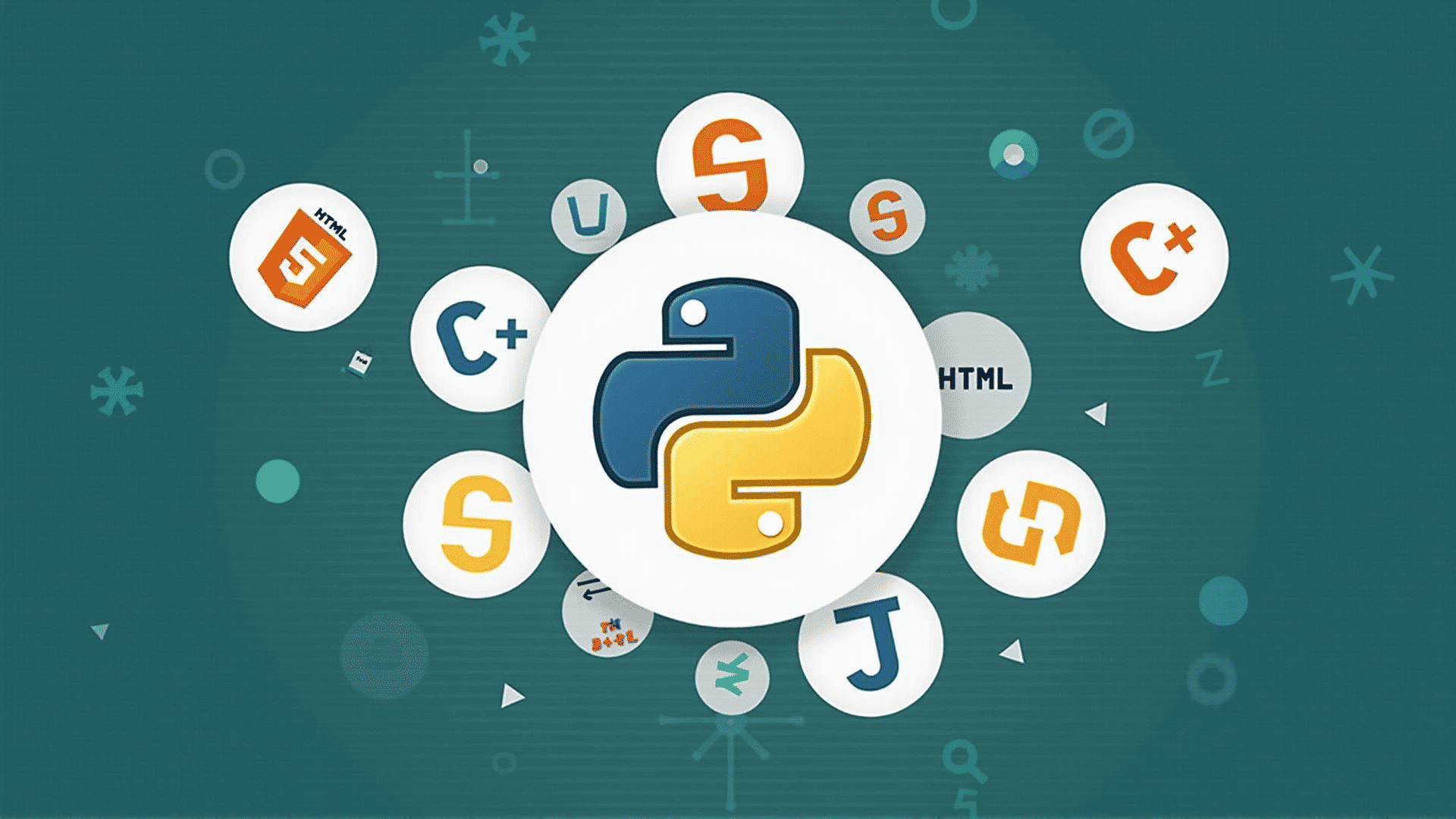Programming languages form the backbone of the digital world. With countless options to choose from, they cater to a diverse range of functionalities and applications, each offering unique features and benefits to developers. In this article, we will explore the rich diversity of programming languages, providing a comprehensive overview of their different types and unique aspects.
Programming languages can generally be categorized into several types: procedural, object-oriented, functional, scripting, and logic-based languages. Each type has distinct characteristics that make them suitable for specific tasks and projects.
Procedural languages focus on the sequence of actions that the computer must take to solve a problem. These languages, such as C and Pascal, are known for their straightforward approach to problem-solving, which involves the creation of step-by-step instructions. Procedural languages are particularly useful in tasks that require a clear definition of data manipulation and flow control.
Object-oriented languages shift the focus from functions to objects, encapsulating both data and functions that operate on the data within objects. This approach promotes code reusability and scalability, making object-oriented languages like Java and C++ popular choices for large-scale applications. By modeling real-world entities, these languages offer a structured way to tackle complex software development projects.
Functional languages, such as Haskell and Lisp, emphasize the composition of functions rather than the execution of statements. They promote a declarative programming style, allowing developers to express what they want to achieve without dictating how to achieve it. This paradigm supports high levels of abstraction and is well-suited for mathematical computations and problems that benefit from concise and expressive code.
Scripting languages, like Python and JavaScript, are designed for automating tasks and enhancing the functionality of existing systems. Known for their ease of use and flexibility, scripting languages enable rapid development and are often employed in web development, data analysis, and the automation of routine tasks. Their interpretive nature allows for quick testing and iteration, making them a favorite among developers for prototyping and small projects.
Logic-based languages, such as Prolog, are grounded in formal logic. These languages enable the expression of facts and rules about problems within a logical framework. They are predominantly used in fields such as artificial intelligence and computational linguistics, where complex problem-solving requires a rigorous logical approach.
Each programming language offers a distinct set of features and syntactical nuances that influence how it is used in practice. For instance, Python's readability and simplicity have led to its widespread adoption for both beginners and experienced developers. Similarly, the efficiency and speed of C make it indispensable in system-level programming and performance-critical applications.
In conclusion, the world of programming languages is vast and varied, with each language offering unique advantages for different types of projects. By understanding the characteristics and applications of various languages, developers can make informed decisions about which tools are best suited to their specific needs. Whether you're building a web application, analyzing data, or developing software for embedded systems, there is a programming language that aligns with your goals and requirements, and exploring these options will provide a richer understanding of the digital landscape.
